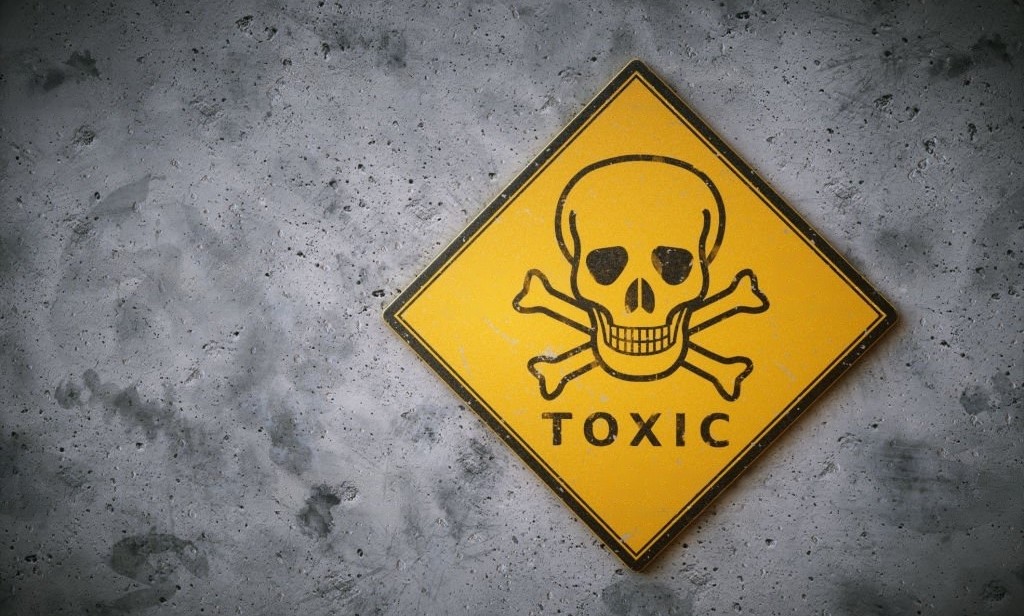
OSHA’s Occupational Chemical Database currently lists over 800 hazardous compounds used in workstations throughout the US. The administration requires companies to keep safety data sheets for each dangerous yet useful chemical to ensure maximum safety standards.
The document informs workers about the hazards in the workplace. It gives them vital information on the compounds and spillage remediation steps. Keep reading to understand more about SDS use.
Quick Overview of SDSs
A safety data sheet, or SDS, is a standardized summary document the chemical supplier provides. It reveals everything you need to know about potential hazards, ingredients, storage tips, and safety precautions. Consider this document the ultimate guidebook for understanding the risks lurking in your workplace.
In the world of chemical safety, any workplace product classified as a “hazardous product” under OSHA regulations must carry its SDS shield. This way, staff members will know how to use, handle, or store the product.
How Important Are SDSs?
You might not know it, but your workplace could have dangerous chemicals. Safety Data Sheets (SDS) are helpful guides for workplace safety. Having an SDS is a crucial first step in knowing the dangers and following safety rules.
- Safety first – The primary benefit of an SDS is evident in its name. The document provides essential information about hazards, handling, and storage precautions. An SDS empowers us to take necessary steps to evade potential risks.
- Hazard awareness – With the proper knowledge, workers will know the hazardous substances in their workstations. Staff members will understand the nature of these chemicals and their associated risks. As a result, informed decisions can be made to minimize exposure and prevent accidents.
- Emergency preparedness – Accidents are inevitable, but how you respond will make all the difference. An SDS becomes an invaluable resource in emergencies or accidents involving hazardous materials. Emergency responders rely on SDS to quickly gather essential information about the chemicals involved. This way, they can respond effectively and mitigate risks to human health and the environment.
- Compliance and regulation – an SDS also ensures companies adhere to legal requirements. Maintaining an up-to-date SDS for all hazardous products helps employers demonstrate their commitment to maintaining a safe and compliant workplace.
- Effective communication – The document ensures clear communication and understanding between suppliers, companies, and employees. With standardized formats and consistent information, everyone involved will have a common understanding of a chemical’s potential hazards. This ensures effective and consistent implementation of safety measures.
How to Use SDS Effectively
Safety data sheets are valuable to your organization in many ways. But to enjoy the true benefits of these lifesaving documents, you must implement your SDS strategy covering all the vital aspects, from safety to compliance.
By following these six steps, you can successfully implement an effective hazard communication program:
Learn and Assign
The first step involves thoroughly understanding OSHA’s Hazard Communication Standard and its requirements. Next, you’ll designate an individual with primary responsibility for coordinating the implementation of a comprehensive hazard communication program. This program should encompass all essential components, including thorough training for employees. By proactively addressing these aspects, you can create a safer work environment and mitigate potential hazards effectively.
Prepare and Implement
Once the responsible individuals handle their respective roles, you’ll create a written plan outlining how your team will handle labels, safety data sheets (SDS), employee information, and training. Additionally, it is crucial to prepare a hazardous chemicals inventory list using the chemical identifier (CAS#). This list will help you monitor the status of labels and SDSs for each hazardous chemical, ensuring information is readily available and current.
Label
It is crucial to maintain labels on shipping containers. So be sure to provide essential information such as the chemical identifier, pictograms, signal words, hazard statements, precautionary statements, and the responsible party’s contact details. In addition, you must label all workplace containers containing hazardous chemicals. At a minimum, these labels should include the chemical identifier and general information about the associated hazards.
Maintain
Maintaining SDSs for each hazardous chemical present in the workplace is crucial. First, review your existing SDS collection to ensure they are in the newest format, which is more detailed and easier to understand. Also, ensure that they’re easy to access. Fortunately, you can leverage various software solutions to author SDSs based on required standards. You can also manage and maintain your collection of SDSs, and access them through a secure cloud-based system.
Inform and Educate
Awareness is vital to safety. Therefore, provide thorough training to employees regarding:
- The available hazardous chemicals
- Any new hazards likely to be introduced
- How to access sheets and obtain information
Your employees must also understand the requirements of the hazard communication standard. This includes knowledge about chemical hazards, appropriate protective measures, implementation of safety protocols, and emergency contact information.
Review and Reassess
As the chemical needs of your company may vary every year, it is advisable to update your inventory and SDS binder annually. So review your hazard communication program regularly to ensure its effectiveness and relevance. Take the time to assess whether any changes or updates are necessary based on evolving conditions in the workplace. This includes considering the introduction of new chemicals or the emergence of new hazards that may require additional measures for safe handling and communication.
Regularly revising and updating your hazard communication program ensures a proactive approach to workplace safety. This also ensures employees can access current and relevant information regarding hazardous chemicals.
It’s Time to Work with a Safety Partner
SDS management is vital for your company’s safety, emergency preparedness, and compliance. ROI Safety Services—a trusted OSHA safety partner can ensure your SDS is up to standard and provide any necessary training.
Our accredited team has the skills and tools to guide you in implementing a people-centered SDS approach for the highest safety standards. Contact us today!

